Molecular Basis of Diseases
& Gene Therapy🧬
Explore the genetic foundations of diseases and the transformative potential of gene therapy in modern healthcare.
Molecular Diseases and Gene Therapy
Modern medicine increasingly depends on understanding diseases at the molecular and genetic level. As a medical student, this topic is crucial because it explains why diseases occur beyond just symptoms and lab values—it helps you understand the root causes inside cells and genes. It also introduces how gene therapy is evolving as a way to treat conditions that were once thought untreatable.
Let’s break this down into core concepts:
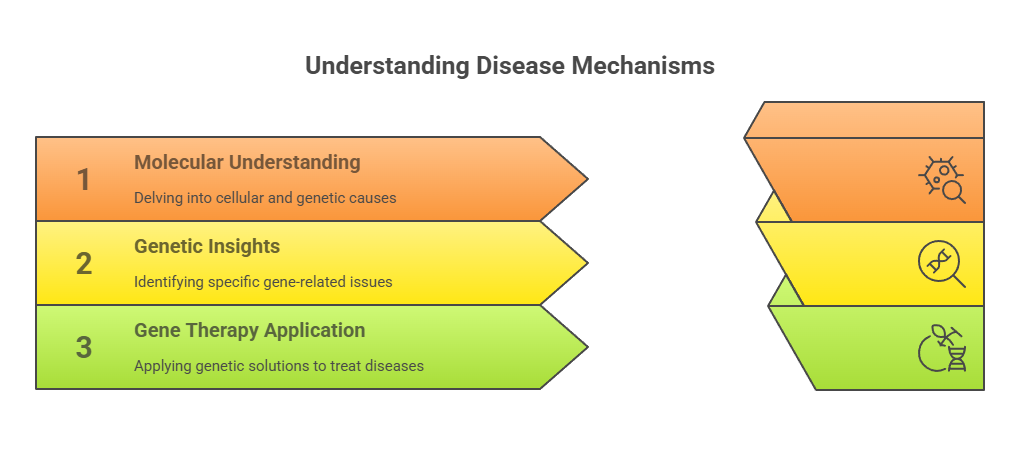

🧬Gene Therapy🧬
This refers to the biochemical and genetic mechanisms that cause disease. It's about understanding what goes wrong at the DNA, RNA, protein, or cellular level that leads to the signs and symptoms you see clinically.
Most diseases — especially chronic and inherited ones — are not just caused by microbes or injuries. They start with:
Mutations in DNA
Abnormal protein production
Defective cellular signaling or regulation
Common Examples:
Sickle cell anemia: A single base change in the beta-globin gene causes hemoglobin to form abnormal shapes, distorting red blood cells.
Cystic fibrosis: A deletion of three DNA bases in the CFTR gene disrupts chloride ion transport in epithelial cells, leading to thick mucus buildup.
Cancer: Often caused by mutations in genes that regulate cell growth (oncogenes and tumor suppressor genes like p53).
In each of these, understanding the molecular defect helps guide diagnosis, prognosis, and treatment.
a. Gene Mutations
These can be point mutations, insertions, deletions, or even chromosomal abnormalities. Mutations may be inherited or acquired.
Germline mutations are passed from parent to child (e.g., BRCA mutations).
Somatic mutations occur during life and are common in cancer.
b. Protein Misfolding
Some diseases result from proteins that are structurally abnormal and cannot function properly. Example: Prion diseases like Creutzfeldt-Jakob disease.
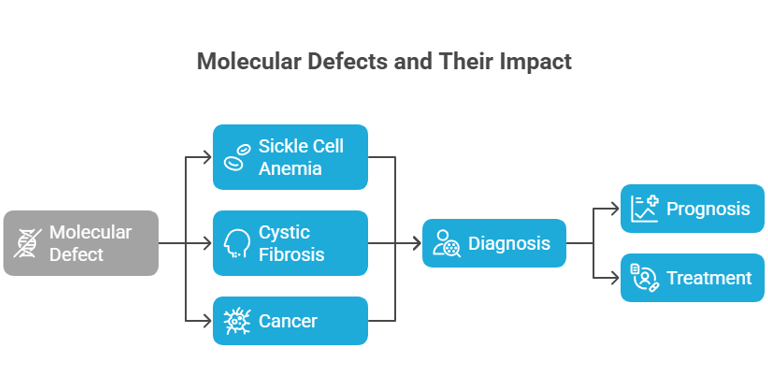

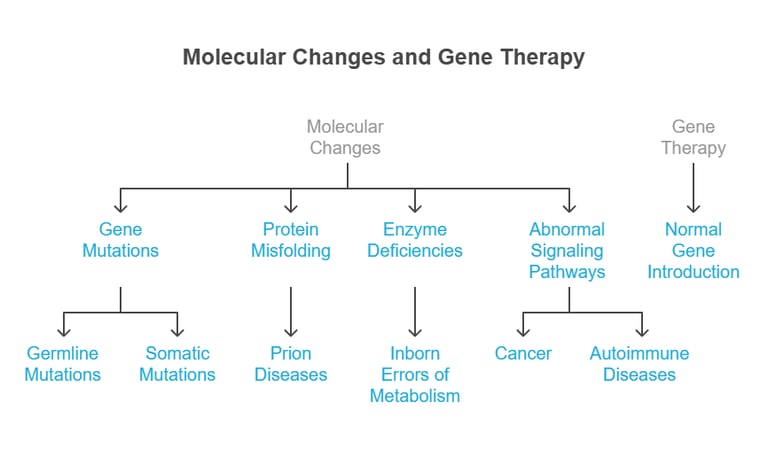

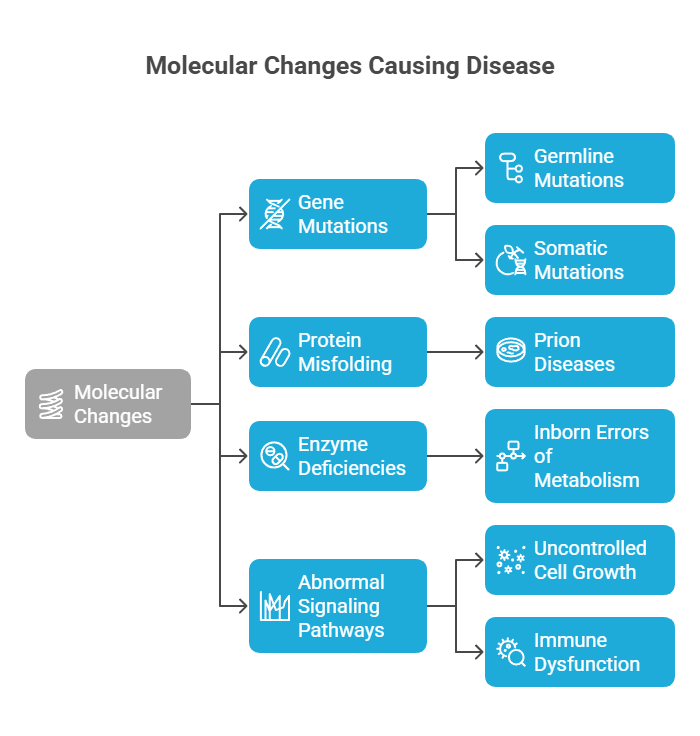

c. Enzyme Deficiencies
Seen in inborn errors of metabolism like phenylketonuria, where the lack of an enzyme leads to toxic accumulation of substrates.
d. Abnormal Signaling Pathways
Disruption in signaling can cause uncontrolled cell growth (cancer) or immune dysfunction (autoimmune diseases).
2. Types of Molecular Changes That Cause Disease
There are several ways a disease can arise at the molecular level
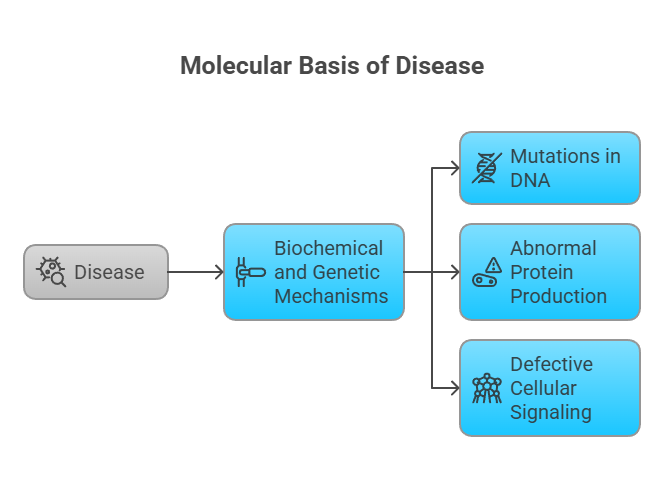

3. Gene Therapy: A Molecular Solution
Gene therapy is an approach where a normal copy of a gene is introduced into cells to replace or compensate for a defective gene.
Key Goals:
Correct genetic mutations
Introduce therapeutic genes
Silence harmful genes
Methods Used:
Viral vectors (like adenoviruses or lentiviruses) are used to deliver the gene into host cells.
Non-viral methods include liposomes or direct injection of genetic material.
CRISPR-Cas9 allows precise gene editing by cutting and replacing faulty DNA segments.
Applications:
SCID (Severe Combined Immunodeficiency): One of the first diseases treated with gene therapy.
Leber’s Congenital Amaurosis: A genetic eye disorder where gene therapy has restored vision in some patients.
Spinal Muscular Atrophy (SMA): Treated using an FDA-approved gene therapy (onasemnogene abeparvovec).
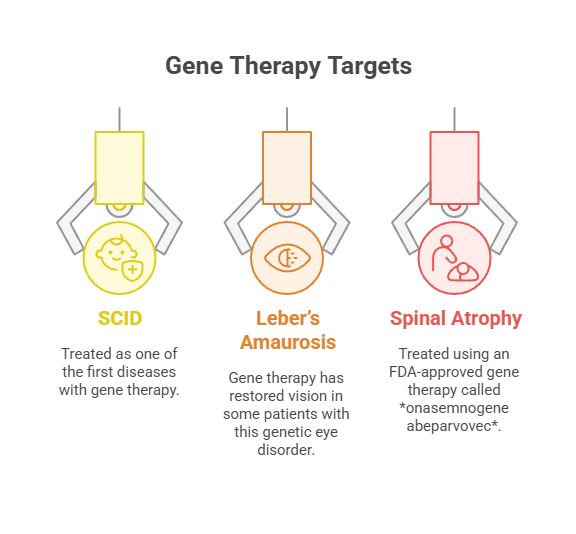

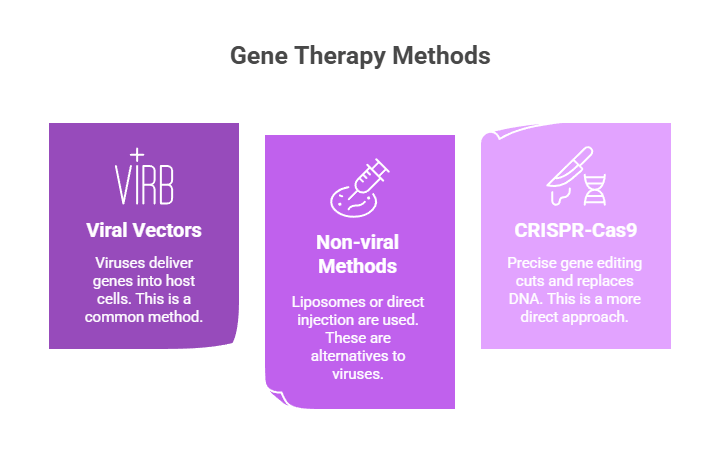

1. What Does “Molecular Basis of Disease” Mean?
4. Challenges and Limitations of Gene Therapy
While promising, gene therapy is still evolving and not without concerns
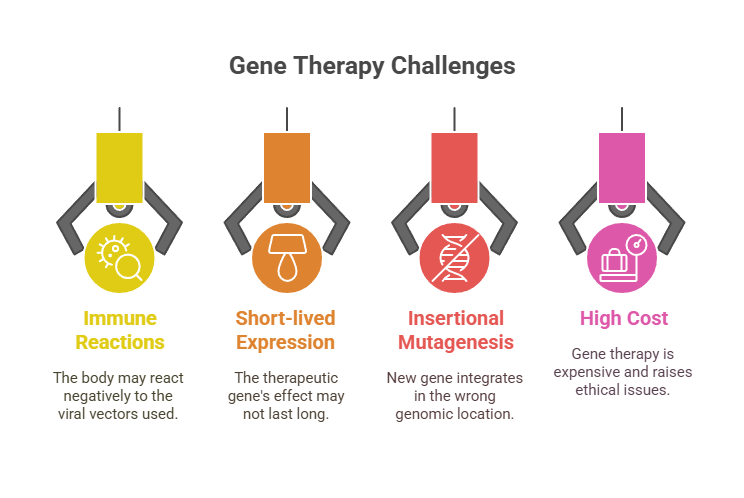

While promising, gene therapy is still evolving and not without concerns:
Immune reactions to viral vectors
Short-lived expression of the therapeutic gene
Risk of insertional mutagenesis, where the new gene integrates into the wrong place in the genome
High cost and ethical concerns in modifying human DNA
Still, as technology improves, gene therapy holds real potential, especially for monogenic diseases.
Understanding the molecular basis of disease helps you:
Interpret genetic test results
Recognize patterns in inherited disorders
Understand the rationale behind targeted therapies
As medicine shifts toward personalized treatment, being familiar with molecular mechanisms allows you to explain disease and treatment options more clearly to your patients. You’re not just memorizing facts—you’re building a mindset for practicing medicine that is informed, modern, and precise.
5. Why This Matters to You as a Medical Student
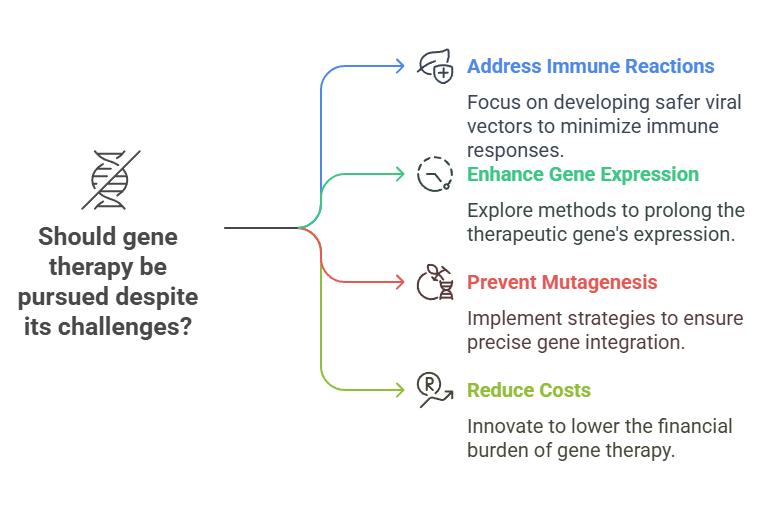

BLOG
Join us to explore medical biochemistry intricacies.
WRITE TO US
© 2024. All rights reserved.
